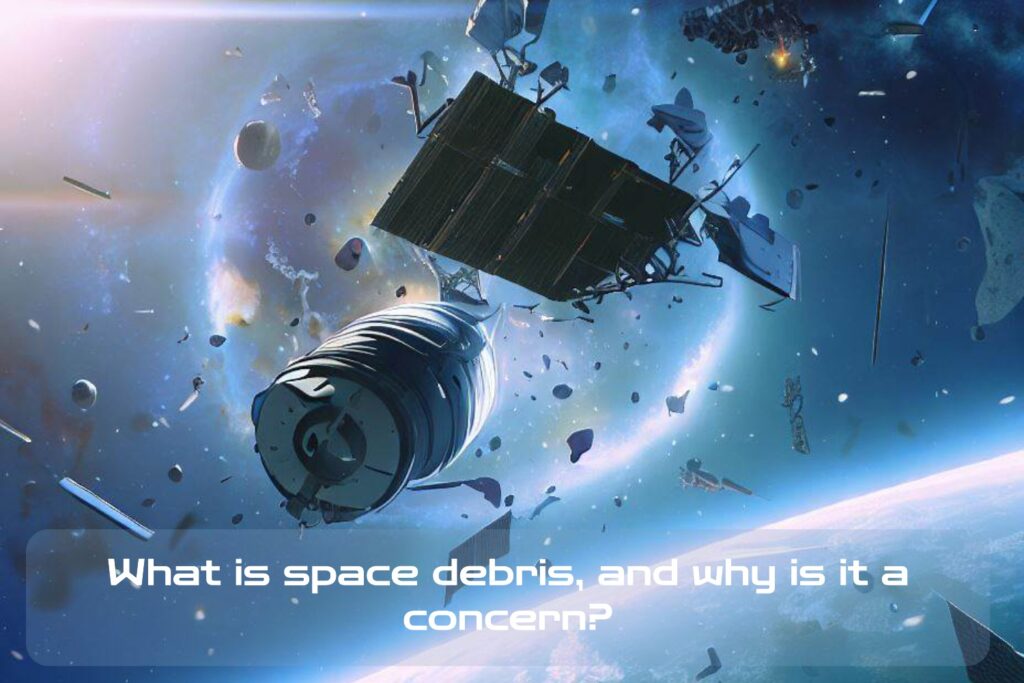What is space debris?
Space debris is a term used to describe human-made objects that are in orbit around the Earth but no longer serve any useful purpose. These objects can be anything from spent rocket stages to defunct satellites, abandoned equipment, and even small fragments of materials that have broken off due to collisions or explosions. Space debris can range in size from larger objects, such as old spacecraft or rocket stages, to tiny fragments of paint or metal.
Defining space debris
Space debris are any man-made objects orbiting the earth that have lost their operational function and are now considered hazardous junk. There are roughly 26,000 pieces of junk larger than 10 cm in size currently orbiting the Earth traveling at speeds of up to 17,500 mph. More worryingly, there are millions of smaller pieces, which could also cause damage to space equipment.
How is Space Debris formed?
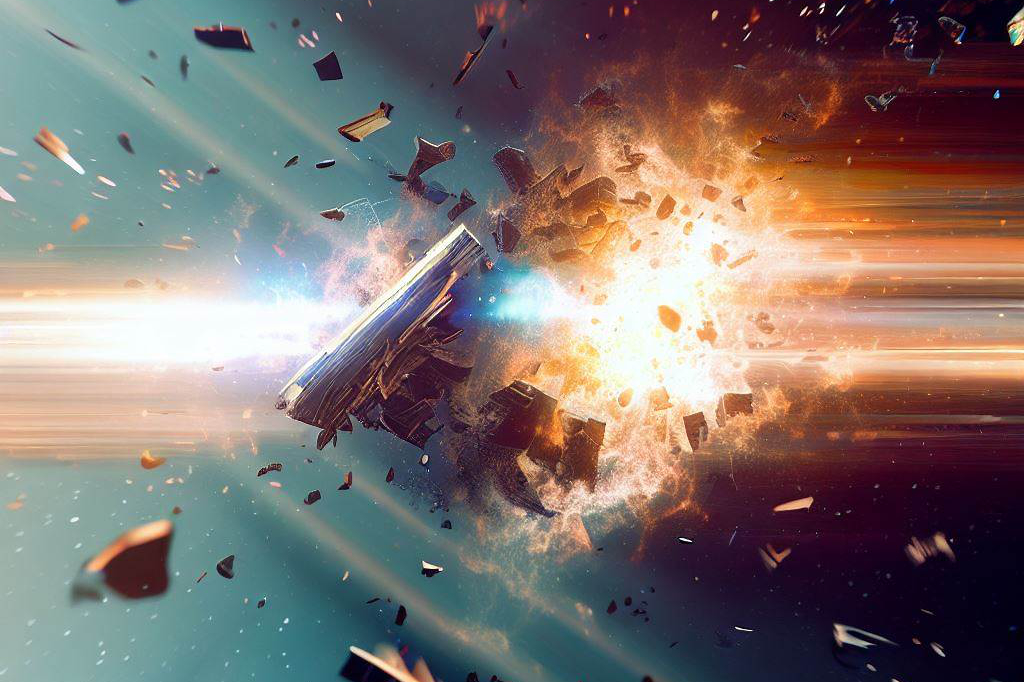
Space debris is mainly formed due to two reasons; intentional and unintentional actions.
The intentional actions include those where used up rockets or satellites were left in their intended orbits which over time became non-functional and turned into space debris.
Unintentional actions include accidents like collisions between different types of space objects or explosions.
When two satellites collide with each other at high speed, they shatter into thousands of fragments, creating even more space junk that orbits the planet for years afterward. The leftover objects from these events can be small particles ranging from dust-sized flecks to large pieces weighing several tons.
The Three Primary Types of Space Debris
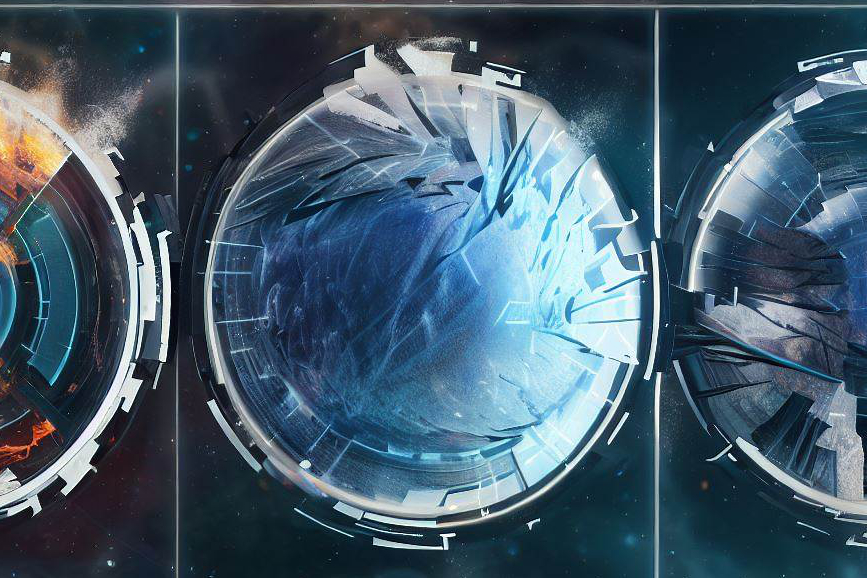
There are three types of space debris:
- operational (useful),
- non-operational (non-useful),
- and fragmentation (when existing satellite collision causes further fragmentation).
Operational junk includes active satellites that have completed their mission but still continue communication with ground stations on Earth for scientific research purposes.
Non-operational debris is the majority of space junk that includes old rockets, dead satellites, and spacecraft.
Fragmentation debris is the result of accidental or intentional actions resulting in collisions or explosions between two objects already in orbit. As a result, various pieces are created, which then move randomly in orbits around the Earth.
The Concerns of Space Debris
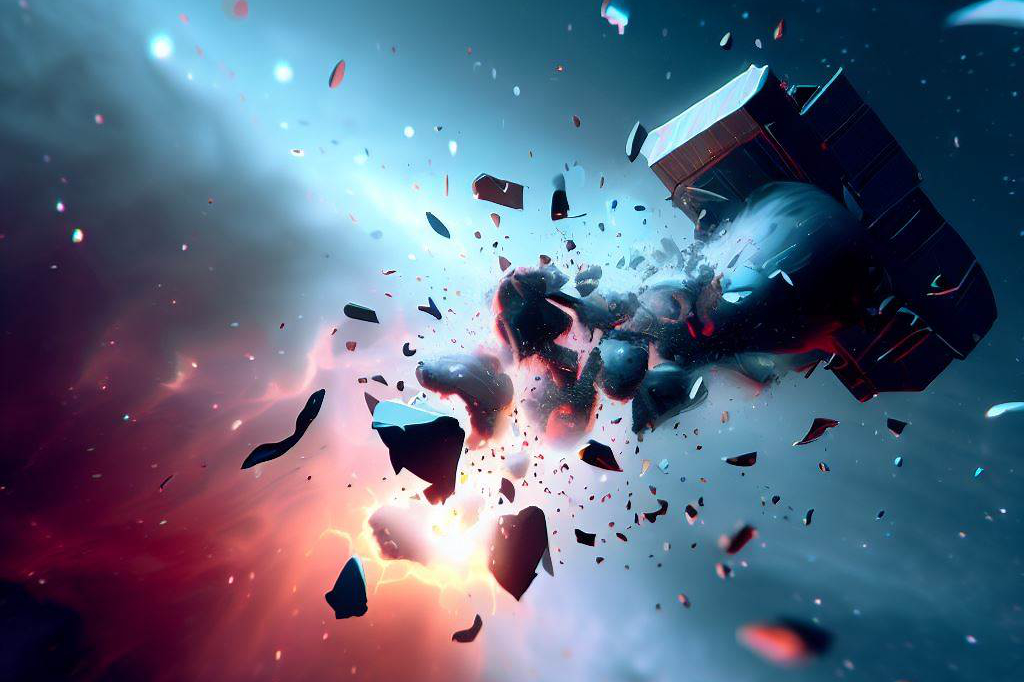
Dangers of Space Debris to Spacecraft and Satellites
Space debris can pose a serious threat to spacecraft and satellites in orbit. This is because debris moves at incredibly high speeds, sometimes reaching speeds of up to 17,500 miles per hour. This means that even small pieces of debris can cause significant damage upon impact.
In fact, a tiny fleck of paint or bolt could penetrate the hull of a spacecraft or satellite, causing catastrophic failure or damage.
Another danger posed by space debris is its potential to collide with other objects in orbit and create more debris.
This creates a chain reaction where collisions produce more fragments that then collide with other objects, creating even more fragments. If left uncontrolled, this could lead to a catastrophic scenario known as Kessler Syndrome, where the amount of debris in orbit becomes so great that it’s impossible for anything else to safely pass through.
The Economic Impact on Industries that Rely on Satellites
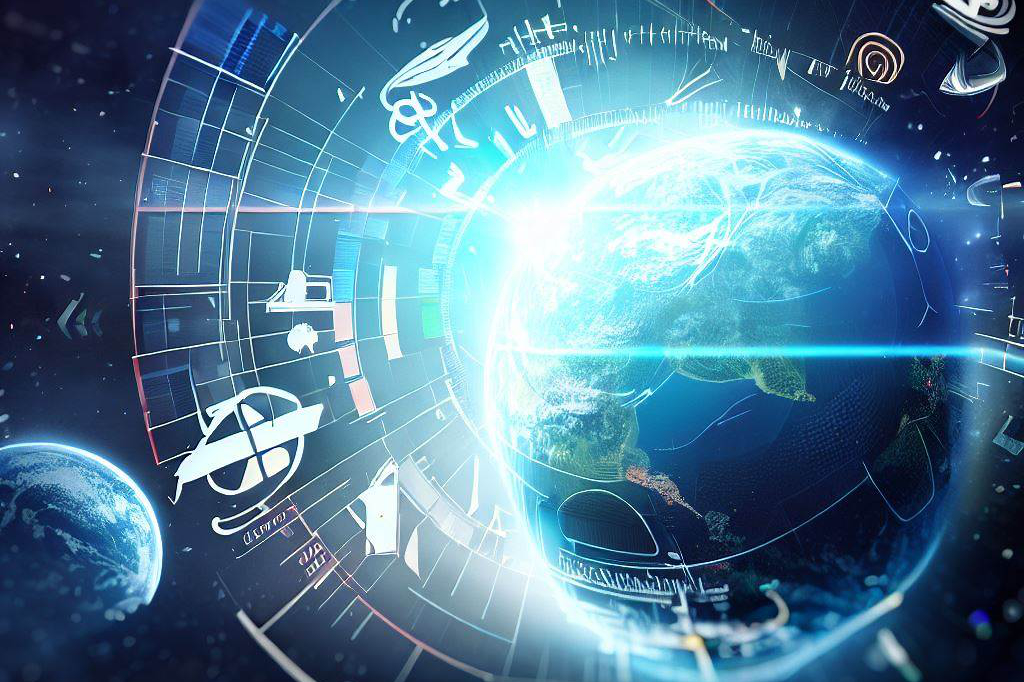
The economic impact of space debris is not limited to just the dangers it poses to spacecraft and satellites. It also has significant implications for industries that rely on these technologies for their businesses. These include
- communication companies,
- weather forecasters,
- satellite broadcasters
and many others.
Since these industries rely heavily on satellites for their operations, any damage caused by space debris can have serious financial implications. The cost of replacing damaged or destroyed satellites can run into billions of dollars each year – costs that are ultimately passed on to consumers.
How Space Debris Can Cause Collisions and Create More Debris
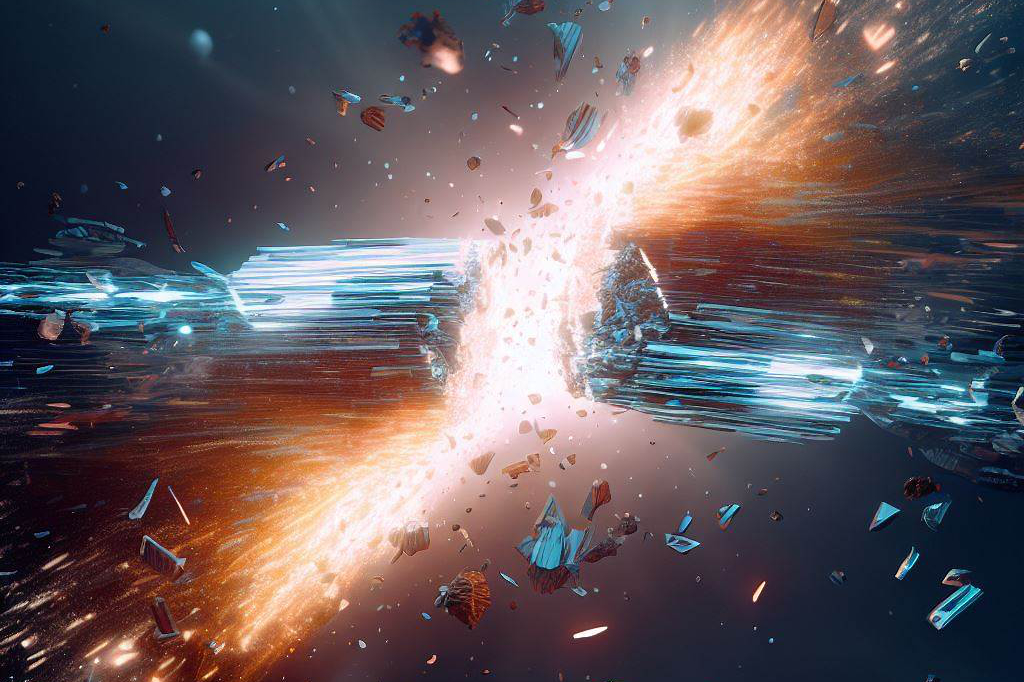
As mentioned earlier, collisions between debris objects can create even more fragments which then increase the likelihood of further collisions – leading to an exponential increase in the amount of space junk in orbit.
One example is the destruction caused by China’s anti-satellite missile test in 2007.
This test alone created thousands of fragments and significantly increased the amount of space debris in orbit. But it’s not just collisions that create more debris.
Over time, satellites and other objects in orbit naturally degrade and break apart. When this happens, the resulting fragments become new pieces of space debris.
Additionally, intentional actions like satellite explosions also add to the problem. Space debris is a serious concern for all nations and industries that rely on satellite technology.
The potential dangers posed by space debris to spacecraft and satellites are significant, and it has an undeniable economic impact on industries that rely heavily on these technologies. As such, it’s important for nations to continue working together to mitigate its effects through programs like international agreements and guidelines for managing it – or risk the catastrophic scenario known as Kessler Syndrome becoming a reality.
The current state of space debris
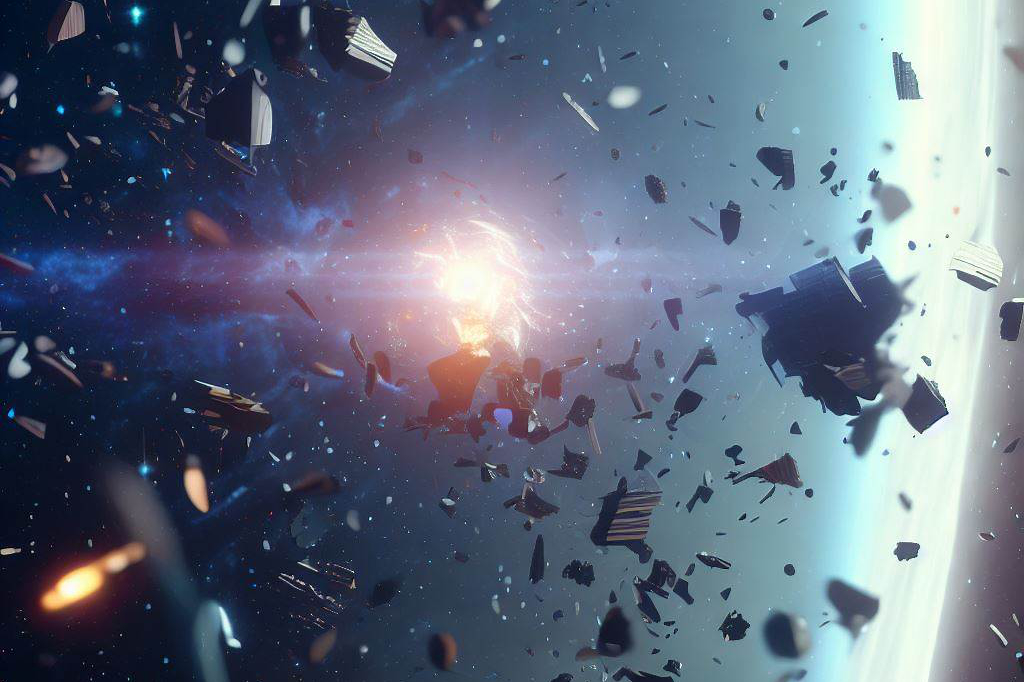
How much space debris is in orbit?
The amount of space debris in orbit is staggering.
According to the European Space Agency (ESA), there are over 34,000 pieces of debris larger than 10 centimeters and approximately 900,000 pieces that measure between one and ten centimeters in size. These fragments are traveling at speeds of up to 17,500 miles per hour, which means that even small pieces can cause significant damage if they collide with a spacecraft or satellite.
Current efforts to track and mitigate space debris
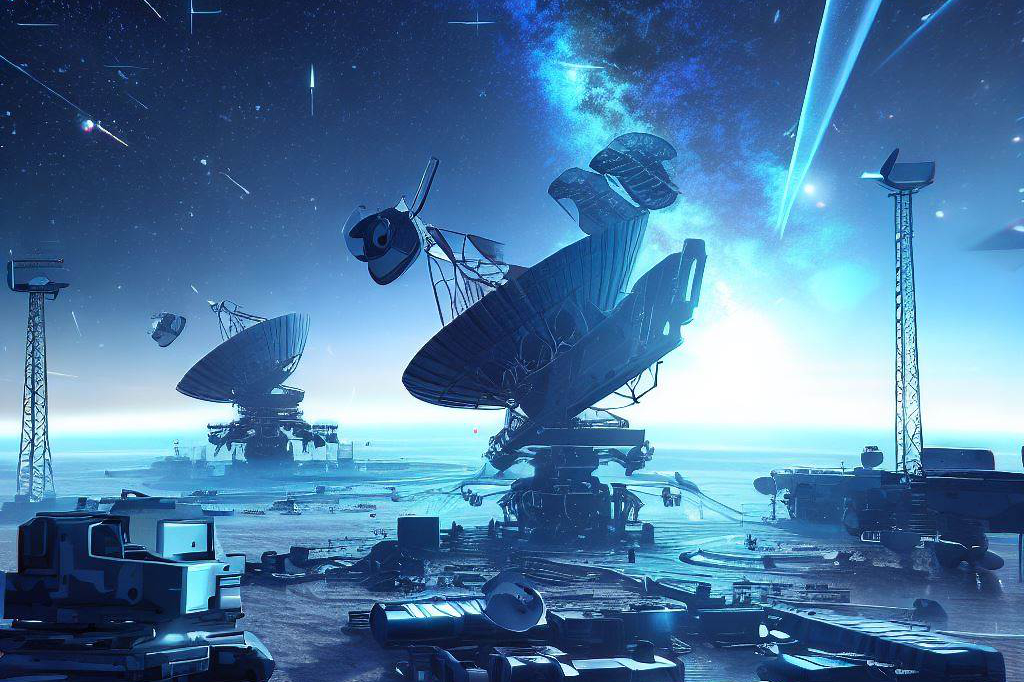
Given the potential dangers of space debris, there are several ongoing efforts to track and mitigate it. For example, NASA operates a network of ground-based radars and optical telescopes to monitor objects in orbit.
The agency also uses spacecraft-mounted sensors to gather data on the density and distribution of debris.
Another approach is active removal. Several companies have developed technologies for capturing and removing large pieces of debris from orbit, such as using nets or harpoons. However, these methods are still in their early stages.
International agreements and guidelines for managing space debris
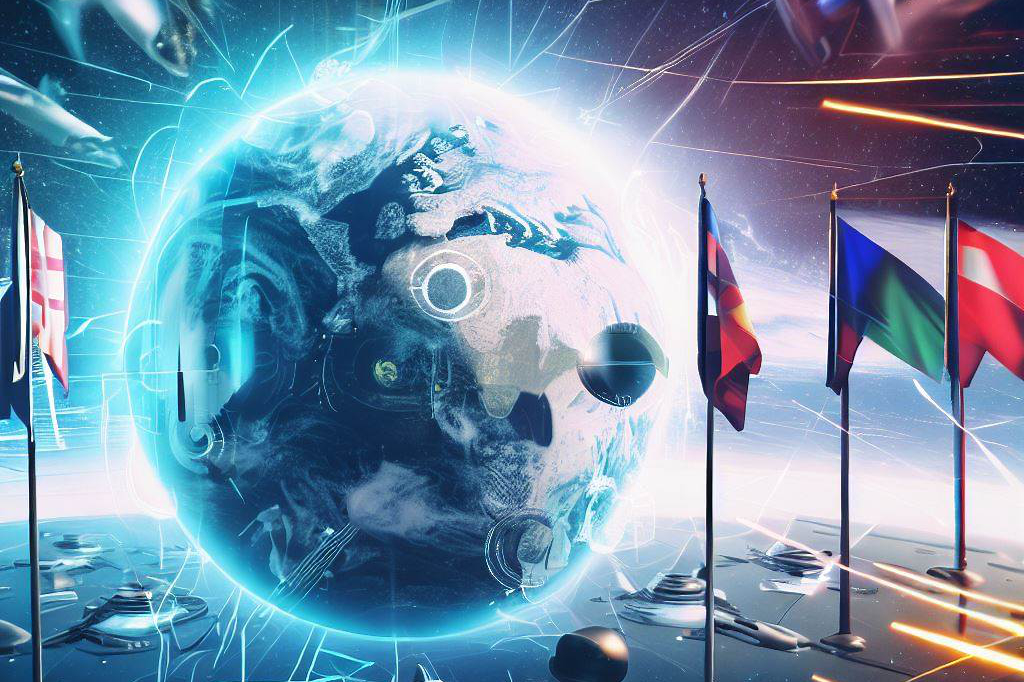
International cooperation is critical for effectively managing space debris. In 2007, China destroyed one of its own satellites during an anti-satellite test, which generated thousands of additional fragments that remain in orbit today. This incident highlighted the need for guidelines governing countries’ activities in space.
The United Nations has since developed a set of guidelines called “Space Debris Mitigation Guidelines” that promote responsible behavior by countries operating spacecraft or conducting activities that produce orbital debris.
Additionally, various international organizations such as ESA have established protocols for mitigating the creation and impact potential effects caused by orbital refuse; some new approaches include non-collision avoidance strategies like changing orbits or reducing time spent there.
Overall, while progress has been made in tracking and mitigating space debris, there is still much work to be done. By working together and following established guidelines, it’s possible to ensure that space remains a safe environment for future generations.
The Future of Space Debris: Catastrophic Scenarios
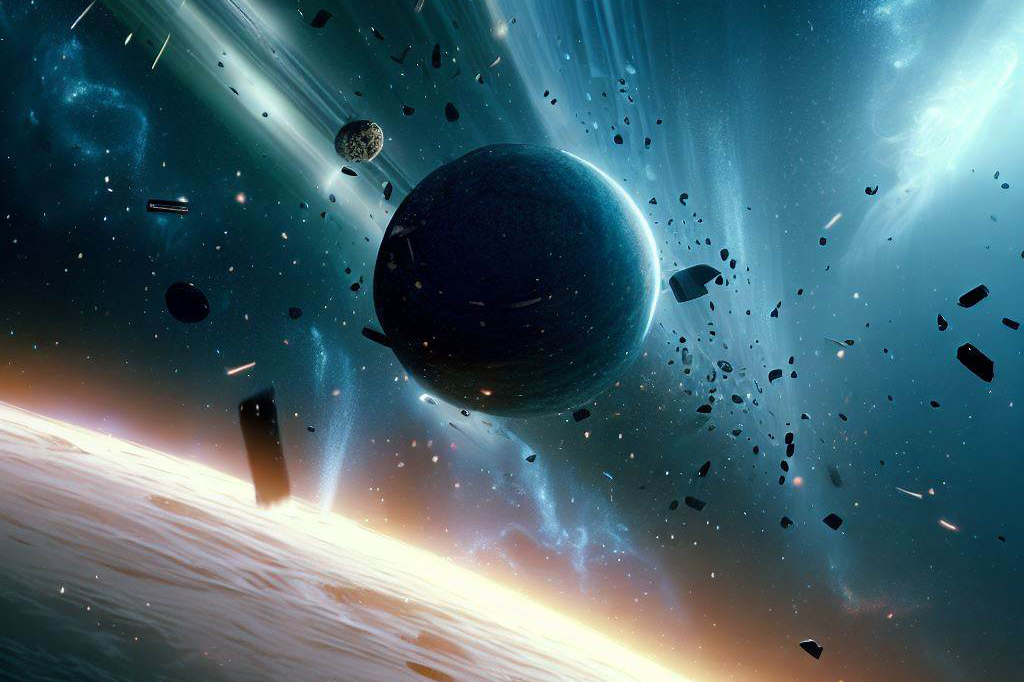
As the amount of space debris continues to grow, experts are increasingly concerned about the potential for catastrophic scenarios. Without proper management and removal methods, space debris can accumulate to the point where it creates a domino effect of collisions, known as Kessler Syndrome.
This worst-case scenario would result in a cascading chain reaction of collisions that could render important orbits unusable for decades or even centuries. If Kessler Syndrome were to occur, it could have devastating consequences for our society’s reliance on satellites.
Many industries depend on satellite technology for communication, navigation, and more. Without access to these essential services, global commerce could grind to a halt.
Furthermore, an increase in space debris increases the likelihood of collisions with manned spacecraft – including those carrying astronauts – causing loss of life. If we allow current trends to continue unchecked and do not take action against accumulating space debris, we risk creating an environment that is hostile to future exploration and use of outer space.
Moving Forward: The Importance of Action
In order to prevent catastrophic scenarios like Kessler Syndrome from occurring in the future, decisive action is needed now. Governments and private industries must work together to create comprehensive strategies for managing existing debris while also preventing new debris from being created.
One approach is through active removal techniques such as nets or harpoons that can capture larger pieces of debris and drag them down into Earth’s atmosphere where they will burn up upon re-entry. There are also plans being developed for using lasers or other technologies to deflect smaller pieces of debris away from important orbits.
International cooperation is critical in this endeavor as well; countries must work together towards a common goal instead of pursuing their own interests at the expense of others’. The United Nations has already taken steps towards this through its Office for Outer Space Affairs (UNOOSA) which promotes responsible behavior regarding the use and exploration of outer space.
Space debris is a significant concern for the aerospace industry and space exploration. With the increasing number of satellites and spacecraft being launched into orbit, the amount of space debris is also increasing. This debris can pose serious risks to current and future missions in space, as well as create significant economic impacts on industries that rely on satellite infrastructure.
We’ve explored what space debris is, how it’s formed, and why it’s a concern. We’ve also looked at some of the potential dangers of space debris to spacecraft and satellites, including collisions that can lead to even more debris.

Additionally, we’ve discussed current efforts to track and mitigate space debris through international agreements and guidelines. Despite these challenges, there is reason for optimism when it comes to managing space debris.
Many nations are working together to develop new solutions for tracking and removing existing debris from orbit. New technologies, such as autonomous robotic systems, are being tested for their effectiveness in cleaning up dangerous orbital regions.
It’s clear that managing the problem of space debris will require continued cooperation between nations and companies involved in the aerospace industry. With continued innovation and collaboration, we can ensure a safe and sustainable future for space exploration while still protecting our planet from hazards in orbit.
FAQs
– What is space debris?
– Space debris refers to human-made objects in orbit around the Earth that no longer serve any useful purpose, including defunct satellites, spent rocket stages, abandoned equipment, and fragments of materials.
– How is space debris formed?
– Space debris is formed through intentional actions, such as leaving used rockets or satellites in their intended orbits until they become non-functional. It is also formed through unintentional actions like collisions between different space objects or explosions.
– What are the three primary types of space debris?
– The three primary types of space debris are operational debris (active satellites that have completed their mission but still communicate with Earth), non-operational debris (including old rockets, dead satellites, and spacecraft), and fragmentation debris (resulting from collisions or explosions).
– What are the dangers of space debris to spacecraft and satellites?
– Space debris poses a serious threat to spacecraft and satellites due to its high speeds. Even small debris pieces can cause significant damage upon impact, potentially leading to catastrophic failure or damage. Space debris can also collide with other objects in orbit, creating a chain reaction of collisions and generating more fragments.
– What is the economic impact of space debris?
– Space debris not only endangers spacecraft and satellites but also has significant economic implications for industries relying on satellite technology. Communication companies, weather forecasters, satellite broadcasters, and others may face financial consequences from damage caused by space debris. The costs of replacing or repairing satellites can reach billions of dollars annually, ultimately affecting consumers.
– How can space debris cause collisions and generate more debris?
– Collisions between debris objects can result in more fragments and increase the chances of further collisions, leading to an exponential growth of space junk in orbit. Space debris is also generated when satellites and objects naturally degrade and break apart. Additionally, intentional actions like satellite explosions contribute to the accumulation of space debris.
– How much space debris is currently in orbit?
– According to the European Space Agency (ESA), there are over 34,000 pieces of debris larger than 10 centimeters and approximately 900,000 pieces measuring between one and ten centimeters in size. These fragments travel at speeds up to 17,500 miles per hour, making even small pieces potentially damaging to spacecraft or satellites.
– What efforts are being made to track and mitigate space debris?
– Ongoing efforts include NASA’s network of ground-based radars and optical telescopes, as well as spacecraft-mounted sensors for data gathering. Some companies are developing technologies for capturing and removing large debris pieces from orbit. International agreements and guidelines, such as the United Nations’ Space Debris Mitigation Guidelines, promote responsible behavior and provide protocols for mitigating space debris.
– What are the potential catastrophic scenarios associated with space debris?
– The accumulation of space debris can lead to a catastrophic scenario called Kessler Syndrome, where a chain reaction of collisions renders important orbits unusable for long periods. This could disrupt industries dependent on satellite technology, impact global commerce, and endanger manned spacecraft, including those carrying astronauts.
– What actions can be taken to address space debris?
– To prevent catastrophic scenarios like Kessler Syndrome, governments and private industries must collaborate on comprehensive strategies. Active removal techniques, such as nets or harpoons, can capture larger debris pieces and bring them down into Earth’s atmosphere to burn up upon re-entry. Other methods, like lasers or deflection technologies, aim to divert smaller debris away from critical orbits. International cooperation and adherence to established guidelines are crucial in managing space debris effectively.
– What is the future outlook for space debris management?
– While challenges remain, progress is being made in tracking and mitigating space debris. Continued innovation and collaboration among nations and companies involved in the aerospace industry offer hope for managing existing debris and preventing the creation of new debris.
TL;DR …
– 🚀 Space debris refers to human-made objects in orbit around the Earth that no longer serve any useful purpose, including defunct satellites, spent rocket stages, and abandoned equipment.
– 🌍 Space debris is formed through intentional actions, such as leaving used rockets or satellites in their intended orbits until they become non-functional, as well as unintentional actions like collisions or explosions between space objects.
– 🌌 There are three primary types of space debris: operational debris (active satellites that have completed their mission but still communicate with Earth), non-operational debris (including old rockets, dead satellites, and spacecraft), and fragmentation debris (resulting from collisions or explosions).
– ⚠️ Space debris poses significant dangers to spacecraft and satellites due to its high speeds. Even small pieces of debris can cause catastrophic damage upon impact. Collisions between debris objects can create more fragments and generate a chain reaction of collisions, potentially leading to a scenario known as Kessler Syndrome.
– 💰 The economic impact of space debris extends to industries relying on satellite technology, such as communication companies, weather forecasters, and satellite broadcasters. Damage caused by space debris can result in significant financial implications, including the costly replacement or repair of satellites.
– 🛰️ Efforts to track and mitigate space debris include ground-based radars, optical telescopes, and spacecraft-mounted sensors. Active removal techniques, such as nets or harpoons, are being developed to capture and remove large debris pieces from orbit. International agreements and guidelines, such as the United Nations’ Space Debris Mitigation Guidelines, promote responsible behavior and provide protocols for managing space debris.
– 🔭 The current state of space debris is concerning, with thousands of larger pieces and hundreds of thousands of smaller fragments in orbit. Continued collaboration and innovation are essential to effectively manage space debris and prevent catastrophic scenarios like Kessler Syndrome.
– 🌌 To address space debris, decisive action is necessary. Governments and private industries must work together to develop comprehensive strategies for managing existing debris and preventing the creation of new debris. International cooperation, adherence to guidelines, and the development of active removal techniques are crucial in ensuring a safe and sustainable future for space exploration.

C M, a seasoned editor, journalist, and consultant, is deeply fascinated by the convergence of technology, space, and the future of humanity.
With a particular interest in transhumanity, futurology, and the philosophical and ethical dimensions of these domains, C M serves as the lead contributor to SpaceSpotlight and TranscendSphere.
When not penning insightful articles on these rapidly evolving fields, C M indulges in their love for podcasts and books, proudly embracing their status as a ‘Happy Nerd Extraordinaire!’
